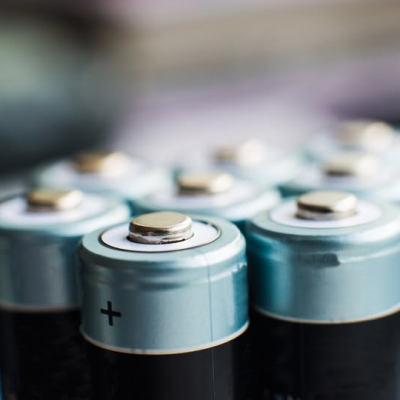Jianbo Gao, Assistant Professor in the Department of Chemistry and Affiliated Professor in the Yousef Haj-Ahmad Department of Engineering, is leading the novel research in collaboration with international partners from Brown University, Clemson University, Lawrence Berkeley National Laboratory (LBNL) and National Renewable Energy Laboratory (NREL) in the U.S.
The research proposes that perovskite nanocrystalline is a less expensive alternative to silicon for use in photovoltaics, a method of converting solar radiation into electricity.
“The average household electricity rate in Canada is around 15 cents per kilowatt-hour,” said Gao. “Our goal with this new material is to achieve less than one penny per kilowatt-hour, which is 15 times less than the cost of the traditional silicon photovoltaics technology.”
Perovskite nanocrystalline can be easily applied to any surface using a spin-coating method that uniformly deposits a thin film, Gao said.
“Its simple production and low cost make it highly efficient, accessible and affordable,” he said. “Amidst climate change and worldwide efforts to reduce fossil fuel use, this novel material can contribute to advancing renewable energy alternatives. It could change the future of energy in Canada.”
Gao’s research, “Ultrafast Carrier Drift Transport Dynamics in CsPbI3 Perovskite Nanocrystalline Thin Films,” was recently published in ACS Nano, an open-access journal published by the American Chemical Society (ACS). The journal is one of the top international forums for the communication of comprehensive articles on nanoscience and nanotechnology research at the interfaces of biology, chemistry, engineering, materials science and physics.
Also contributing to the research and article was undergraduate student Jasjit Bains (BSc ’23), who graduated this past June with an Honours Bachelor of Science in Biochemistry.
Bains applied his research with Gao to his undergraduate thesis, which examined perovskite crystals as an alternative to silicon in other technologies. While the published research paper investigated using perovskite nanocrystals as a new solar cell alternative in solar panels, Bains’ undergraduate thesis investigated perovskite single crystals as an alternative to traditional silicon-based medical instrumentation techniques, such as X-ray imaging.
Bains researched different synthetic approaches for the same material.
“For the nanocrystals, a hot injection method was used, and the final material produced was a very thin and small crystal structure that is great for easily coating a solar panel,” he said. “The single crystals are cube-like structures. I investigated 10 different synthetic techniques and at the end of my thesis, I proposed my own original synthetic approach.”
Over the next several years, Gao will continue his research focus on renewable energy and will work with international partners and his colleagues in Brock’s Engineering Department to apply his research to creating solar cell technology and products.
“This is a relatively new research direction in Canada — very few people are working on this,” he said. “Now that we know the material, we need to transform it to a new practical product that will advance society and ultimately make people’s lives better.”
Read the original article on Brock University.







